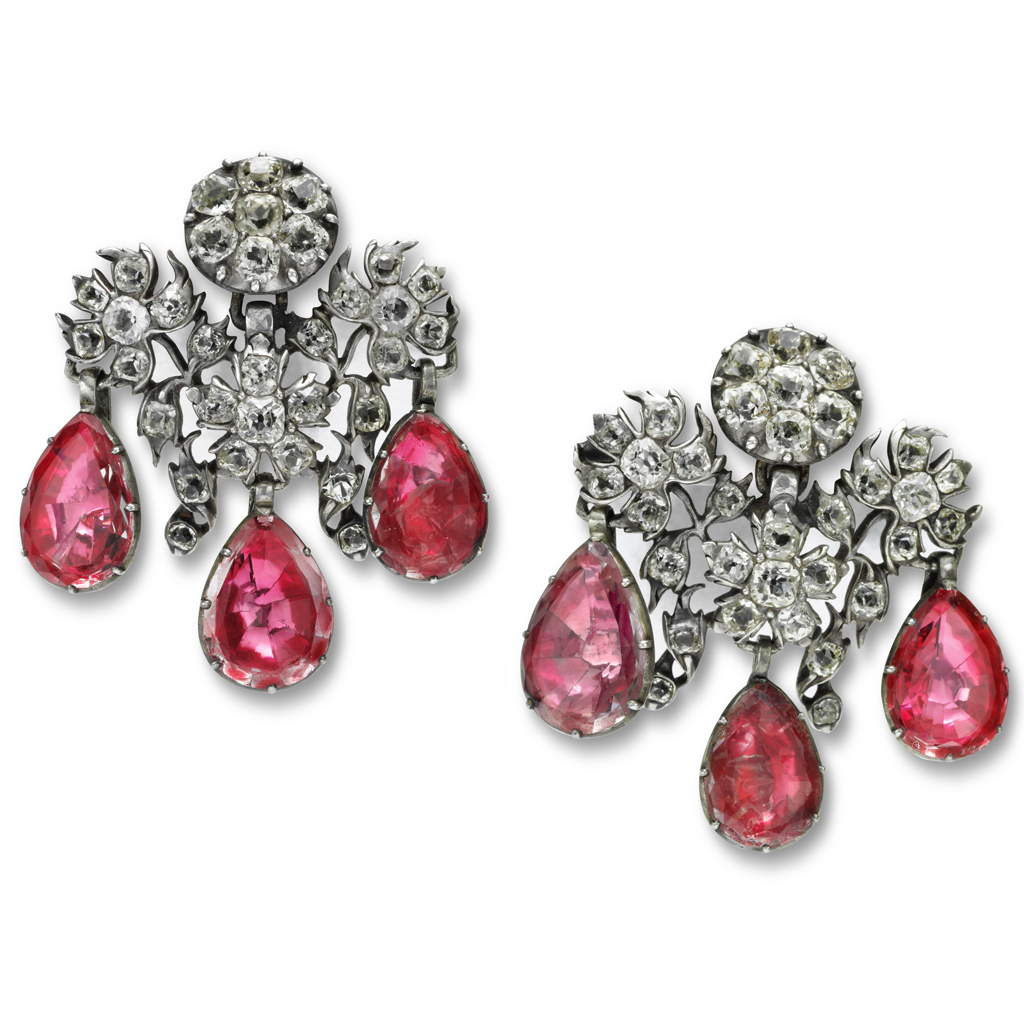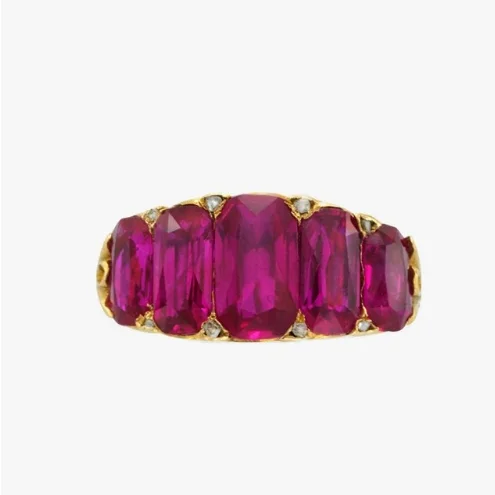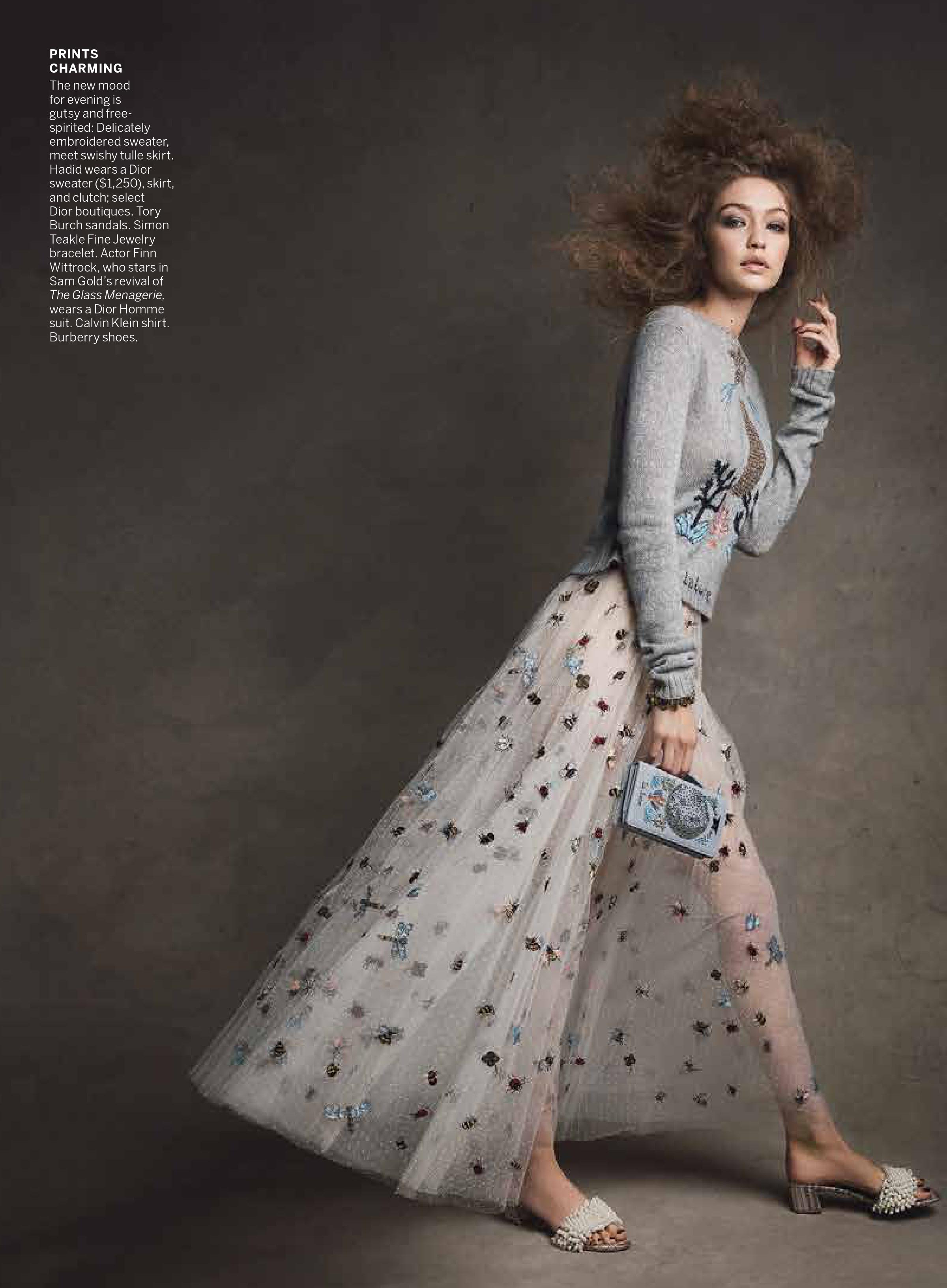A Commentary on Antique Paste Jewelry
Antique paste jewelry has always had a dedicated following of collectors. It is only recently that the art form has started to reach a much broader audience. Paste jewelry was always made to satisfy a specific aesthetic and never to counterfeit its precious counterpart.
In the aristocratic classes of 17th century Europe, particularly the taste-making rococo Parisians, fine jewelry made of precious gemstones like diamonds and emeralds was flaunted and coveted. These stones were treasured for their beauty as much as their relative rarity—it was this rarity that prompted jewelers to seek out an equally beautiful, but less expensive, alternative material for their creations. In 1724, French jewel designer Georges Frédéric Strass came up with “paste,” a kind of leaded glass that he cut and polished with metal powder until it appeared to shimmer like a diamond in the light. These white “diamante” or “strass” were a hit with glamorous European high society. As the century progressed color was introduced in reds, blues and greens but was much more unusual.
Paste, by definition, are glass stones and not natural gems, but its manufacture over the centuries became more sophisticated culminating in a true technical achievement in the early- to mid-eighteenth century. The techniques used were every bit as skillful as those used with diamonds and precious stones; creations were considered fine jewelry in their own right.
To understand early paste jewelry, one must be able to identify it correctly and not confuse it with pieces made in vast quantity in the late nineteenth century and beyond. This appreciation involves recognizing a combination of the cut of the stones, the overall design, and the metals used, including the ageing process which gives antique paste its wonderful patina.
When looking at jewelry, the eye is drawn to stone, color, and scale and in today’s fashion world these stunning pieces have a place every bit as relevant as any precious jewel ever created.
Currently Available in the Shop
SaveSave











